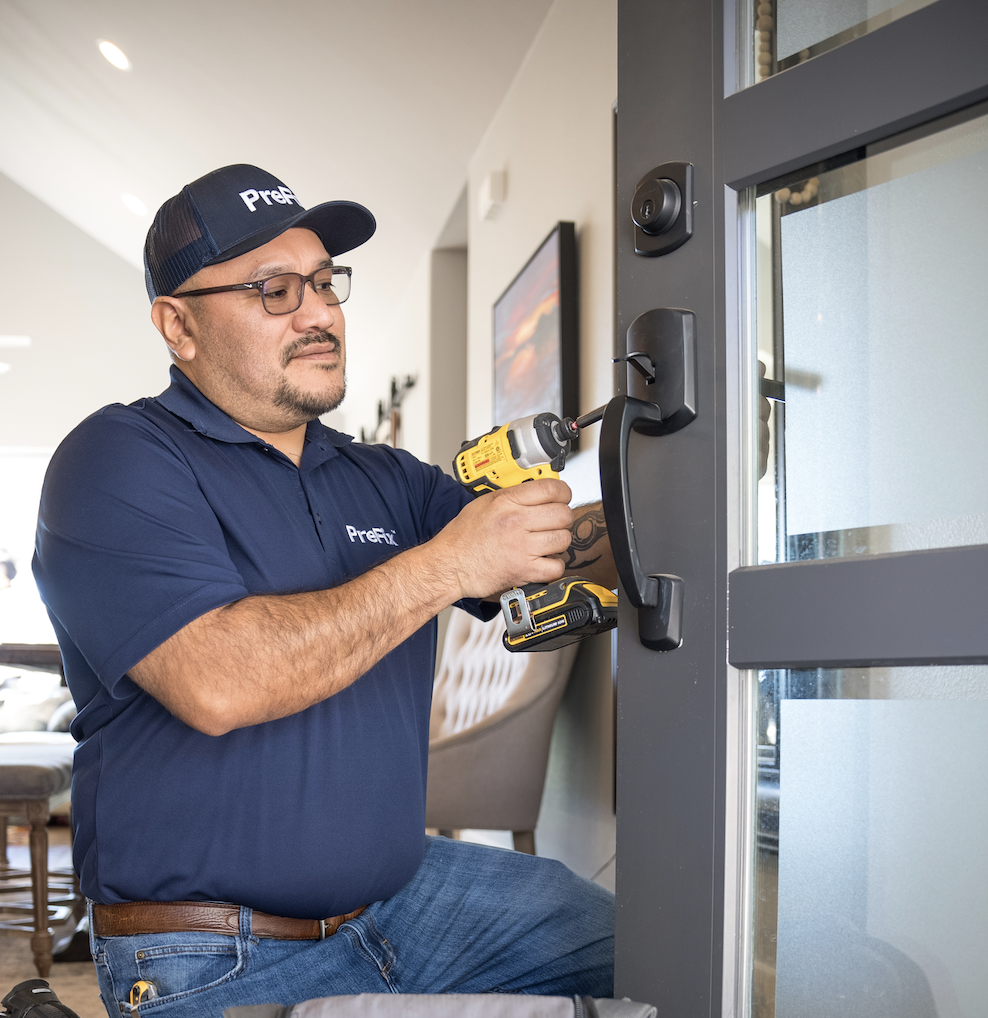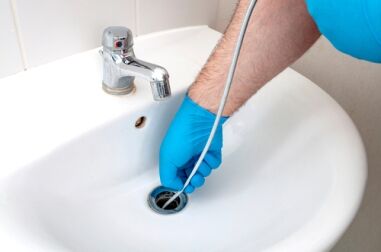We've unearthed this article involving Plumbing Maintenance and Repair in your Rental Property listed below on the web and concluded it made perfect sense to share it with you in this article.

Taking care of plumbing concerns in rental residential or commercial properties successfully is essential for preserving tenant fulfillment and maintaining the home's worth. Whether you're a landlord or a residential property supervisor, knowing exactly how to resolve these common problems can save you money and time while ensuring compliance with legal obligations. Right here's a detailed overview on how to deal with pipes issues in rental homes.
Paper Every little thing
Keep comprehensive documents of all reported pipes concerns and the actions taken to resolve them. Paperwork should consist of days, summaries of the trouble, communication with renters, and invoices from contractors or plumbers. This info can be crucial for insurance cases, tax obligation deductions, and legal defense.
Usage Qualified Professionals
Always make use of qualified and insured experts for substantial plumbing fixings and installations. This guarantees that the work is up to code and can assist prevent obligation issues in case of accidents or additional damage. It likewise assures renters that repair work are being dealt with professionally.
Develop Clear Interaction
Motivate renters to report any plumbing concerns as quickly as they happen. Offer multiple communication channels such as phone, email, or a tenant site to make it simple for them to reach out. Prompt responses to these records can stop minor issues from escalating right into major troubles.
Inform Renters
Educate your lessees concerning what makes up a plumbing emergency situation and what does not. Supply guidelines on just how to take care of minor issues themselves, such as making use of a plunger to unclog a commode. Likewise, inform them concerning what they must avoid taking down drains to avoid obstructions, such as oil, coffee grounds, and non-biodegradable products.
Regular Maintenance
Carry out a regular maintenance timetable for all plumbing systems in your service buildings. Routine checks can help determine and resolve issues like leaks, slow-moving drains, or rusty pipes prior to they end up being significant. Think about working with an expert plumbing to evaluate the homes annually or semi-annually.
Quick Reaction to Emergency Situations
Have a plan in position for responding to plumbing emergency situations. This should consist of having the call information of trustworthy plumbing services that use 24/7 emergency repair work. Quick activity is essential to lessen damages in situations like burst pipelines or extreme leaks.
Preventive Upgrades
Think about updating older plumbing systems and fixtures to a lot more modern-day, efficient designs. This can lower the frequency and extent of plumbing issues and lower long-lasting upkeep costs. It's also a selling factor for possible tenants who value upgrades and contemporary attributes.
Tenant Move-Out Inspections
Conduct extensive pipes checks throughout move-out examinations to ensure that any type of problems are recognized and dealt with before a brand-new lessee moves in. This prevents conflicts with brand-new occupants over pre-existing problems and makes certain the home is in top condition.
Understand Lawful Obligations
Understand your lawful duties pertaining to pipes and basic building upkeep. The majority of jurisdictions need property managers to guarantee their buildings are habitable which all pipes systems remain in good working order. Failure to address major problems quickly can cause lawsuits from lessees.
Lessee Repayments
If a pipes problem needs instant attention and the tenant fixes the issue by themselves, have a clear plan in place for repaying costs. Ensure lessees recognize they must acquire prior authorization for higher-cost fixings unless it's an outright emergency.
Conclusion
Taking care of pipes problems in rental homes requires an aggressive approach and excellent communication with tenants. By remaining on top of upkeep, reacting quickly to emergencies, and making use of professional specialists, property owners can keep their residential or commercial properties in excellent problem and preserve good partnerships with renters.
How to Handle Water Damage in a Rental Property
What is Water Damage?
Water damage is harm or destruction caused by water entering areas where it is not supposed to be. It can be caused by a variety of sources and can manifest in different ways. The most common examples of water damage include:
Leaking roof Plumbing leaks Appliance malfunctions Poor drainage Flooding Sewage backup Condensation Tenant negligence HVAC system issues Frozen pipes Is water damage dangerous?
Water damage itself is not inherently dangerous, but it can lead to various hazards and health risks if not promptly and properly addressed. The severity of these risks depends on the extent of the water damage, the source of the water, and how quickly it is mitigated.
Some potential dangers associated with water damage include structural damage, mold and bacterial growth, electrical hazards, water contamination, and pest infestations. In situations where mold and mildew have gone unaddressed, mold can start to develop within 24-48 hours of water exposure, and this can impose a serious health risk to tenants. In particular, mold spores and damp conditions can lead to respiratory issues and even make existing health problems worse, such as allergies, asthma, or immune disorders.
Water Damage in an Apartment - Who is Responsible?
If the water damage is caused by the tenant’s negligence, the tenant is responsible for the cost of repairs. If the water damage is caused by a defect in the property, the landlord is responsible for the cost of repairs. If the water damage is a result of natural causes, such as excessive rain, then the landlord is responsible, since the water intrusion likely occurred due to a defect in the property. Landlord Responsibility water damage in rental property
Since maintaining habitability is the landlord’s legal responsibility, landlords are responsible for any resulting structural damage caused by water damage. These structural damages may include damage to walls, roofs, ceilings, and flooring. If water damage has affected the rental property’s original structure, the landlord is responsible for repairing or replacing those materials. Therefore, landlords should have property insurance that covers the structural components of their rental property so that they can receive help with the costs of covered events.
Preventative measures can also help landlords avoid massive renovations. Preventative maintenance may include conducting regular inspections to identify and address potential water damage before it becomes a major and urgent problem.
If a landlord fails to meet their responsibilities regarding water damage, it can lead to legal disputes and potential liability. Tenants who believe their landlord is not addressing water damage issues in accordance with California law can seek legal advice or contact local housing authorities for assistance.
https://www.goodlifemgmt.com/blog/water-damage-in-a-rental-property/

We hope you enjoyed our part about Plumbing Maintenance Guide for Tenants. Thanks for taking time to read our piece of content. Kindly take the opportunity to share this blog if you liked it. Thanks a lot for taking the time to read it.